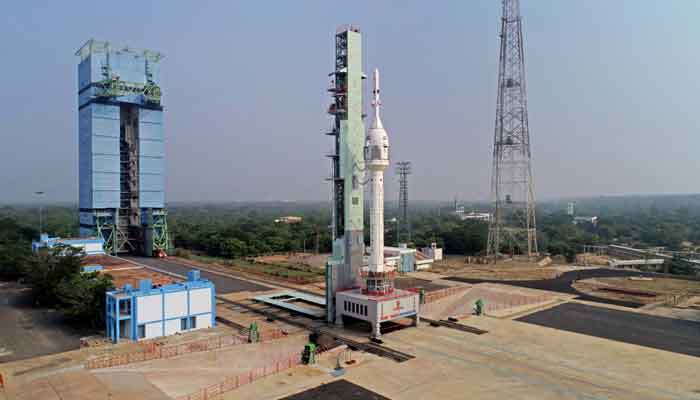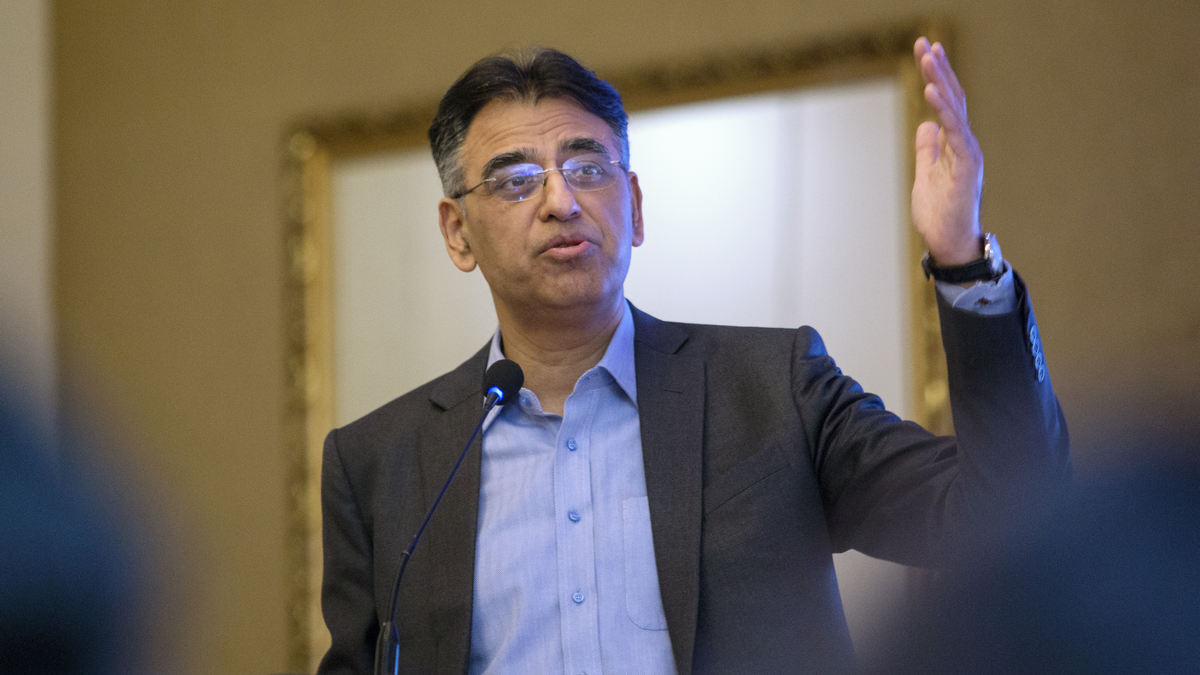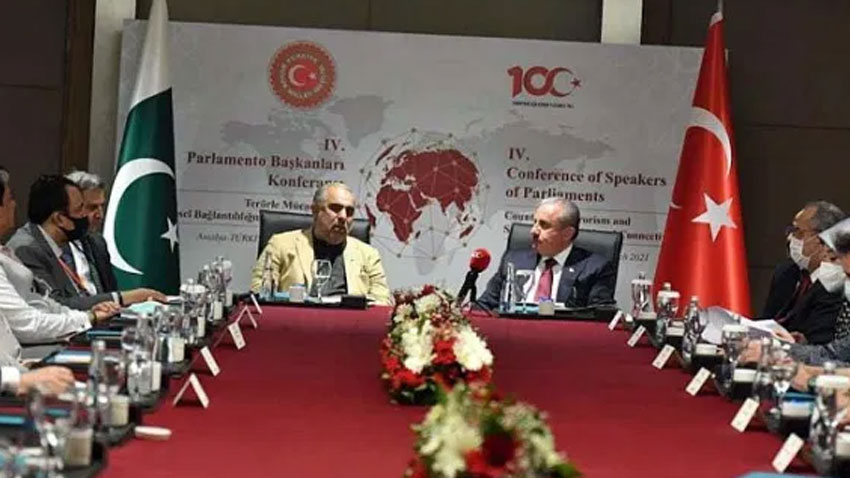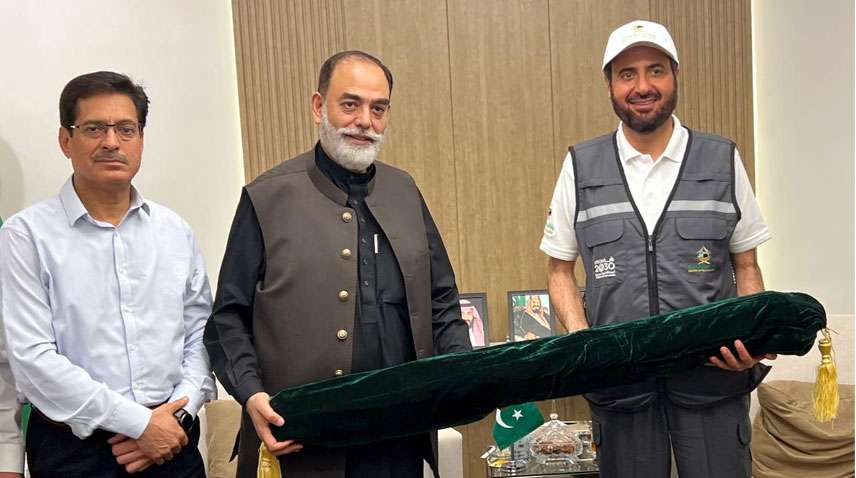The Indian Space Research Organization (ISRO) successfully launched the first unmanned trial run of its upcoming crewed orbital mission today (Saturday, October 21).
According to media reports, in 2024, India will test its human spaceflight capabilities with the Gaganyaan (Skycraft) mission. The country plans to build a space station by 2035, as well as a Venus orbiter and a Mars lander.
Saturday’s rocket tested the emergency escape system of its crew module, which separated from the thruster and made a soft sea landing about 10 minutes after the launch. Indian Space Research Organization chief S. Somanath said afterward that they were very happy to announce the success of the mission. The mission’s goal was to demonstrate the crew escape system. The vehicle approached the speed of sound before activating the crew escape system. He stated that the escape system separated the crew module from the vehicle and that subsequent procedures, including the water touch-down, went very smoothly.
Also read: Mia Khalifa stands with Palestine & asks Hamas fighters to flip their phones
The lift-off was delayed for two hours due to severe weather and an engine malfunction. Before the final manned flight in 2025, ISRO will execute a series of 20 significant tests, including sending a robot into space. Gaganyaan is India’s first mission of its kind, with an estimated cost of $1.08 billion, according to ISRO.
India intends to send humans beyond the Earth’s atmosphere for three days before safely returning with a soft landing in Indian territorial waters. Following a year of achievements for India’s space program, Prime Minister Narendra Modi has declared ambitions to send a man to the Moon by 2040. After Russia, the United States, and China, India became the fourth nation to land an unmanned spaceship on the Moon in August.
The next month, India launched a probe into solar orbit to study the Sun’s outermost layers. Since sending a spacecraft into orbit around the Moon in 2008, India’s space program has grown significantly in size and velocity, and it has consistently equaled the achievements of established spacefaring countries at a fraction of the cost.
India also intends to launch a cooperative expedition to the Moon with Japan by 2025, as well as an orbital mission to Venus within the following two years. According to experts, India can keep costs low by replicating and adapting existing technology, as well as by employing a large number of highly trained engineers who earn a fraction of their overseas counterparts’ pay.




